April 17, 2025 | 17:18 GMT +7
April 17, 2025 | 17:18 GMT +7
Hotline: 0913.378.918
April 17, 2025 | 17:18 GMT +7
Hotline: 0913.378.918
Ca Mau is one of the hardest-hit provinces of climate change. Over the past years, the province has planned and invested in the increasing modern built of irrigation systems. To know more about the coming plans and orientations, Vietnam agriculture newspaper reporters had an interview with Mr. To Quoc Nam - Deputy Director of Ca Mau Agriculture and Rural Development.
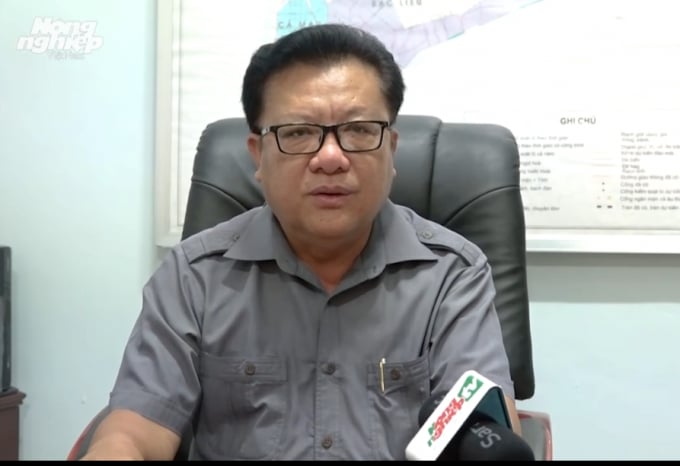
To Quoc Nam - Deputy Director of Ca Mau Agriculture and Rural Development.
Sir, in recent years, how has Ca Mau province paid attention to and invested in irrigation systems for rice and shrimp farming according to Resolution 120?
Over the past time, the agriculture industry in Ca Mau province has recognized and oriented influential strategy as the proactive adaption. In others says, adaption under control, mastering the situation amidst adversity, taking water source as a core to arrange production and development direction.
In particular, for the coastal areas of the Ca Mau province which is in the difficulty of water and the most vulnerable. The key task is to be proactive in water resources, which is implemented according to the strategy: Upgrading coastal irrigation systems, building salt control works, taking freshwater, building and completing irrigation systems in small regions.
Concurrently, it is a must to upgrade the Western sea dyke from Tieu Dua to Song Doc with more than 50km of concrete. Building more than 50km of embankments to protect the coast, repairing the drainage system of Song Doc - Tac Thu. Upgrading the system of embankments to prevent salinity against high tides and rising water for agricultural production, including rice and shrimp. As many as 14 pumping station systems have been built and put into operation, as well as continuing to invest in 6 large pumping stations to regulate water reasonably.
Thereby, proactively transform freshwater into a water-scarcity region with high economic potential. Along with irrigation systems to increase water supply, the agricultural sector has encouraged people to self-collect water in many forms, the appropriate solution is household-scale water storage.
As Government's Resolution 120 has released the “the band around the head” of the farmer. Today, the model of shrimp-rice intercropping is proving its efficiency and appropriation, however, the infrastructure for the production still has some shortcomings. Can you mention some difficulties?
Resolution 120/NQ-CP of the Government on sustainable development of the Mekong Delta to adapt to climate change, issued in 2017, has made a strong innovation in the thinking of all levels and sectors in policy formulation, identification of strategic programs, and urgent projects. The actual practice of more than 3 years of implementation shows that inheriting the correct guidelines and policies of the Party and State along with the integration of scientific results and technological research programs, development projects has created strong momentum for Ca Mau province. Economic restructuring has achieved some positive results, especially in agriculture. Social security is concerned, jobs are improved, people's livelihoods are gradually transformed towards sustainability.
Currently, an irrigation system of shrimp – rice farming is greatly affected by the tides of the Western sea. So far, the state has invested in projects to prevent high tides - rising water, drain water, creating surface water sources such as the project to build the Western sea dike and the sluices under the dike. Up to now, some culverts have been completed namely Bien Nhi, Huong Mai, Lung Ranh, Rach Dinh, T29, T25, Da Bac, Kenh Moi among others.

Deputy Minister of Agriculture and Rural Development Nguyen Hoang Hiep led a delegation to inspect irrigation works in Ca Mau province. Photo: Trong Linh.
However, due to the asynchronous investment, especially the lack of pumping stations to regulate the interior area, leading to the situation of releasing water in the rainy season, encountering heavy volumetric rate and rain for many days. But there is a shortage of freshwater for agricultural production at the end of the season, especially in Tran Van Thoi and U Minh districts.
Especially, in the years of abnormal weather, the rainfall at the beginning of the crop is low, the rainy season ends early, the salinity rises, and the lack of additional freshwater causes the rice to grow poorly, and the yield is reduced. Even complete damage, on shrimp cultured in too high salinity environment, reduces the resistance of farmed shrimp. Many diseases on shrimp arise, causing slow growth of shrimp and low productivity of farmed shrimp.
In addition, the organization of rice-shrimp production in some localities is still inadequate and inconsistent. As for the situation of small and fragmented production, the area is also intertwined with rice and shrimp farming areas, causing difficulties for rice-growing households.
To overcome the above difficulties, it is necessary to continue to strengthen and upgrade the Western sea dyke system, the sluices under the dyke to prevent salinity, high tide, and alum drainage. Continually consolidate and upgrade the system of dikes, sluices, and pumping stations. The investment will solve basic tasks such as creating water sources, controlling salinity, keeping freshwater, and draining alum for production.
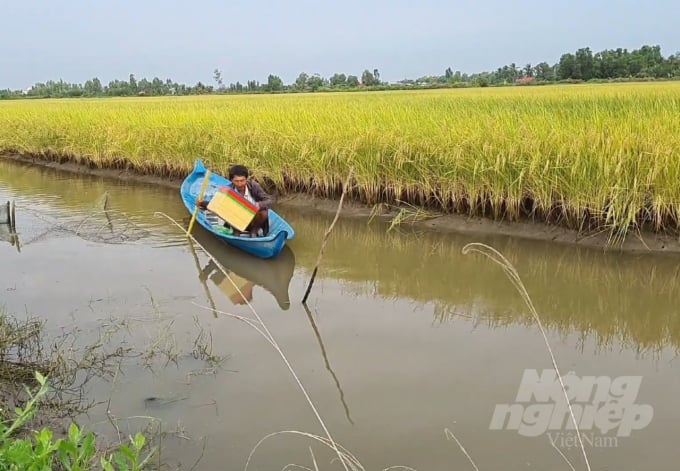
Investing in irrigation works to replicate the shrimp-rice model is the current sustainable direction when facing climate change. Photo: Trong Linh.
Sir, how the difference between the investment in infrastructure for shrimp farming and rice cultivation. How to synchronize it with the provincial and regional ecosystem?
Due to limited resources, the investment in infrastructure for shrimp farming and rice cultivation has not met the requirements. The reason for the freshening area is that the investment in the irrigation system needs to be closed, so the resources for implementation are large. For aquaculture production areas, it is necessary to invest in key works such as sluices adjacent to large rivers to prevent high tides, combat sea-level rise, and dredging canal systems as well as invest in overflow-resistant dike systems.
Currently, only sub-region 10 - South Ca Mau was invested with a complete irrigation system, sub-regions 2, 3, 5 - South Ca Mau are continuing to invest and complete. In the long term, the agricultural sector has also proposed projects into the public investment program for the 2021-2025 period of the Government, central ministries, and localities to improve irrigation infrastructure for the whole aquaculture production area and the region according to the freshwater ecosystem in a harmonious manner.
Setting goal to modernize irrigation system for shrimp farming and shrimp rice model, what solutions, programs, plans, and schemes does Ca Mau have in the coming time?
Almost all solutions for irrigation works for production development must be very flexible, suitable for ecological regions, and minimize adverse effects from nature. In general, Ca Mau is a coastal province where inland features three ecological sub-regions of coastal saltwater, brackish water, and freshwater.
General solutions include examining plan, and orientation to basic development of the irrigation system for production during 2021-2030 according to some contents: Invest in the construction and completion of an irrigation system to control water sources to supply domestic water, and to actively supply fresh and saltwater for production and aquaculture. Continue to invest in sea dykes in combination with afforestation for coastal protection, rational use of underground water for daily life, and aquaculture. Focus on researching solutions to supply fresh water from the main river.
Thank you!
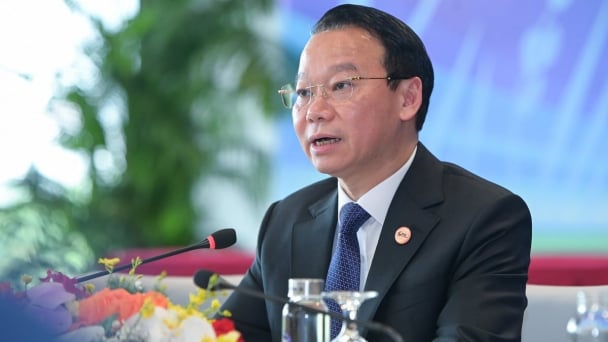
(VAN) Concluding the ministerial discussion session at the P4G Summit, Minister Do Duc Duy affirmed that transforming the food system is no longer a story of individual countries.
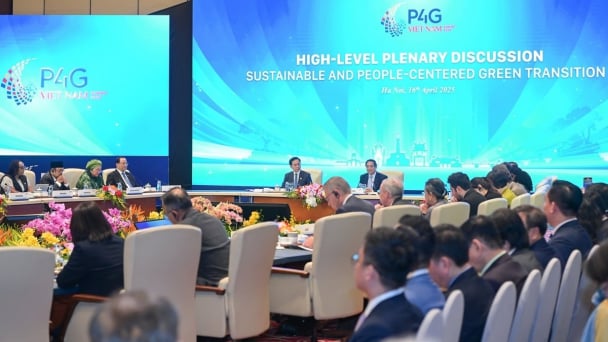
(VAN) On April 16, Prime Minister Pham Minh Chinh chaired the High-level Plenary Discussion themed 'Sustainable and people-centered green transition’ at the P4G Summit.
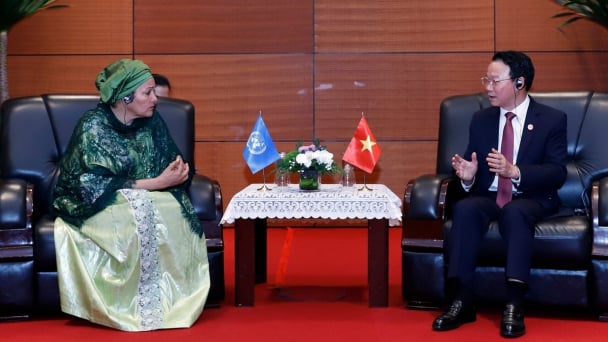
(VAN) The UN Deputy Secretary-General recognized Vietnam as a pioneer in reducing greenhouse gas emissions and achieving a just energy transition.
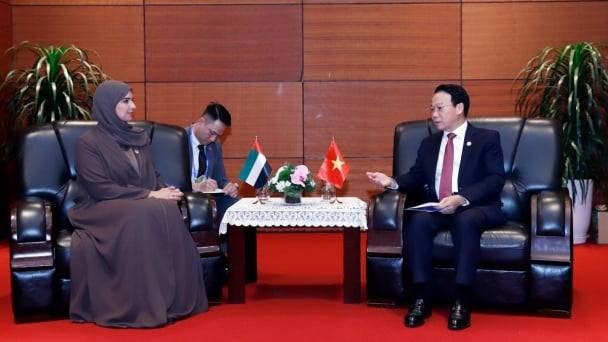
(VAN) Vietnam and the UAE are shifting from traditional economic ties to a strategic partnership focused on green transformation and food security.
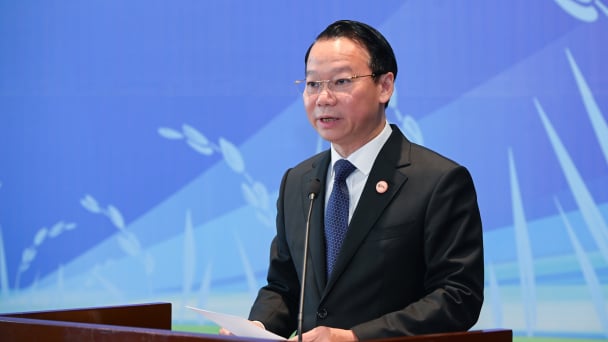
(VAN) At P4G Summit, Minister Do Duc Duy calls for partners to 'sow the seeds of technology' and cultivate cooperation to bear fruit for a green future.
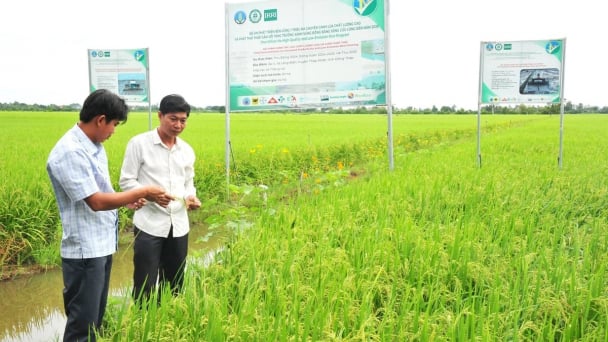
(VAN) Vietnam is choosing a strategic path, pursuing rapid yet sustainable development, fostering innovation while remaining in harmony with nature, and integrating globally while preserving its cultural identity.
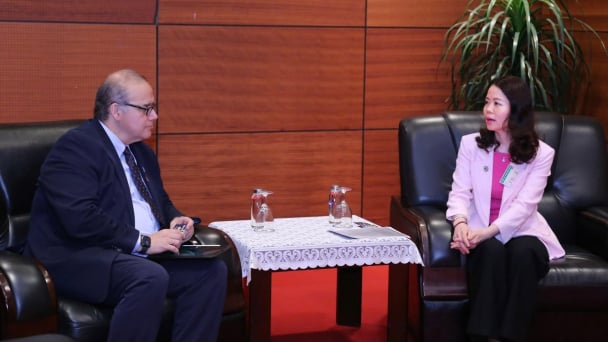
(VAN) This remarks was made by Mr. Máximo Torero, Chief Economist of the Food and Agriculture Organization of the United Nations (FAO), during a meeting with Vietnam's Deputy Minister of Foreign Affairs Nguyen Minh Hang.